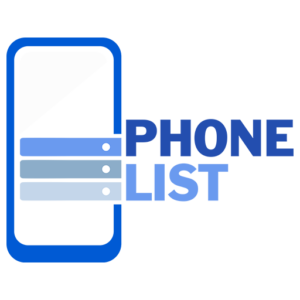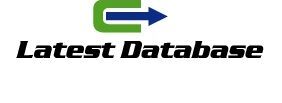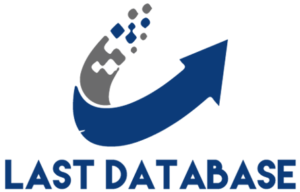In 7 steps to a behavior-driven organization
Want to take control of your prompts and get more out of AI tools? Take the online course on December 19
The toughest challenges often revolve around behavior. How do you get people to do what you want? Whether that’s buying, recycling, applying for jobs, donating, putting their waste in the right bin or using the software you sold them properly. If people do nothing, you won’t achieve your targets. Not to mention your mission. It often seems so simple: ‘if only people would just…’ But reality is stubborn. Fortunately, behavioral insights provide support: people have been nudging around for about ten years now – but there’s so much more you can do with those insights!
Earlier I wrote on Frankwatching about 7 ways to change behavior . This article (and the book on which this article is based) raised the same interesting questions. Namely:
How do you make the transition from interesting insights to a complete, substantiated plan?
How do you determine which techniques and effects work best for your market and target group?
How do you get your colleagues on board with a new, behavior-driven approach?
And: secret control, is that actually ethically responsible?
In this article I will answer these questions.
Beyond nudging
My colleague Eva and I both work with behavioral frameworks in our companies. These are essentially steps and questionnaires that help to arrive at a single approach based on various scientific insights and information sources. The point is that you discover which behavioral determinants can make a big difference for your goals.
Remember? A fly effect is something small with surprisingly big consequences for behavior. Named after the famous fly in the jar, but recognizable in many more places. Online you see them as the cleverness of Cialdini, often used purely tactically. You A/B test social proof ( our most popular product! ) against scarcity ( only 3 available!) and continue with what yields the most conversion.
On the street you see it in signs and list of north korea consumer email tricks that are supposed to make sure you throw your can in the bin and not next to it: ‘Most visitors to this park throw away their litter properly!’ Yet such nudging is just the tip of the iceberg.
Creating a behavior plan
A complete behavioral plan can include multiple target groups, steps, and target and key behaviors. You then work with a behavioral ladder that people ideally want to increase your webshop’s turnover? get started with product bundles climb. And that can take many years. At the top they are loyal customers and ambassadors, the first step is actually getting to know you. But what steps are there in between? america email list And which behavioral determinants and bluebottle effects can give people a ‘butt’ to the next rung of the ladder?
Lists of behavioral effects are great fun, but you can’t base a campaign on them, let alone build a brand on them. That requires a complete vision of who you want to do what and why people would do it, why they wouldn’t do it, and especially here and now.
group of people photographed from above at a table with laptops on it
Source: fauxels via Pexels.com
7 steps
How do you develop such a vision? That’s what frameworks are for. There are many in behavioral science, with acronym names such as EAST, Mindspace, B=MAP and the BRAINframe that my own company uses. For the book The Broomvliegmethode (affiliate), Eva and I wanted to develop a framework that is so clear and ready.







